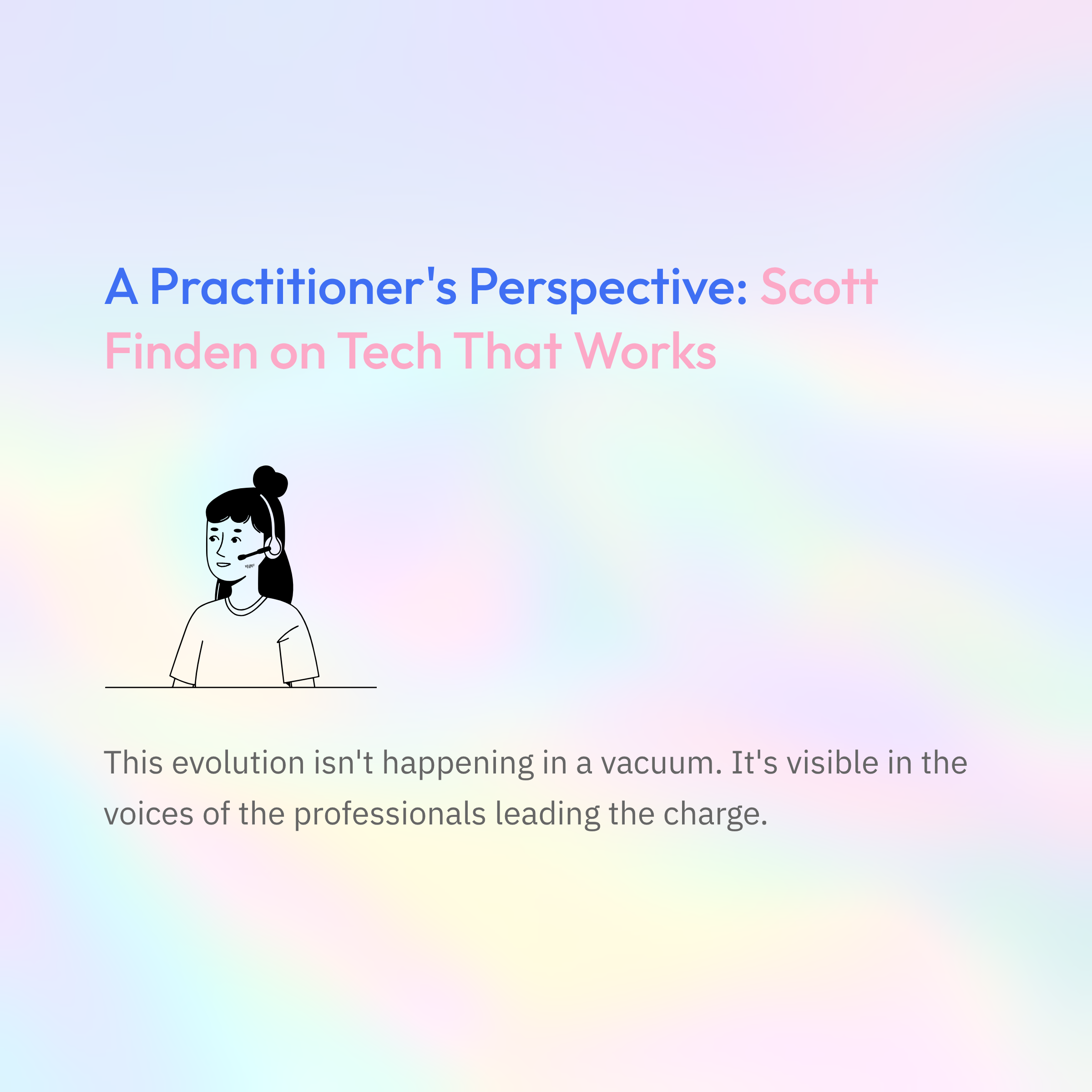Inside Modern Sales: How Verified Data and AI Are Powering the Next Generation of Revenue Leaders
TL;DR
The sales profession is changing faster than ever, and the people leading that shift aren’t just closers. They’re builders. At the center of that change: verified data, AI-driven workflows, and the rise of RevOps. Lusha CEO Yoni Tserruya believes the next generation of sales leaders will be “workflow architects powered by trust.” Influencers like Scott Finden, whose viral post praised tools like Lusha for their reliability, show that change in action.
What used to be a grind of cold calls and endless follow-ups has become an orchestration of intelligent systems, where verified data meets AI, and automation doesn’t replace the human but amplifies them.
\
\ This mindset is what’s driving Lusha’s evolution from a contact-enrichment platform into a RevOps intelligence layer: a foundation for people building their revenue engines on trust, not volume.
The Credibility Shift: Data, Not Demos
A decade ago, sales technology was about features. Now it’s about accuracy. As AI systems handle more of the repetitive work, scoring leads, predicting pipeline health, automating outreach, they’re only as good as the data they ingest.
If you feed AI bad data, you just get wrong results faster. Garbage in, garbage out. AI can automate your sales process, but it can’t fix poor data quality.,” Tsuerrya says.
That’s why Lusha’s core value has become verification: every email, every direct dial, every enrichment record validated by context, not volume. It’s not a marketing slogan; it’s an operational necessity.
\
A Practitioner’s Perspective: Scott Finden on Tech That Works
\ 
\ This evolution isn’t happening in a vacuum. It’s visible in the voices of the professionals leading the charge.
One example: Scott Finden, an Account Executive at monday.com and one of LinkedIn’s most visible sales creators, wrote a viral post titled “5 Reasons Sales Is the Best Profession.”
Among his reflections on culture, grit, and progress, one line stood out:
\
\ Lusha is my favourite of the lot. Direct dials, reliable emails, AI recommendations.”
For Lusha, that kind of organic advocacy is more than marketing, it’s validation from the field. Salespeople like Finden are proof that credibility is earned through experience. When real practitioners cite your platform as part of their everyday success story, it says something about your place in the sales ecosystem.
Lusha’s Vision: Verified Context for the AI Era
Lusha’s leadership understands the assignment.
AI is a filter through which the company sees its mission differently.
The company’s roadmap is increasingly focused on how data verification fuels AI accuracy. Verified context helps models recommend the right prospect, not just any prospect — a critical distinction when every automation touchpoint affects pipeline efficiency and customer trust.
RevOps is becoming the center of the revenue engine —and they don’t just want more dashboards — they want certainty. Confidence that when they run a play, they’re reaching someone who’s real and ready. and verified data is what connects all the parts. It’s what gives them confidence in every decision.”
That’s why Lusha has doubled down on contextual enrichment, feeding verified, multi-source data into AI-driven workflows and helping companies close smarter.
The RevOps Convergence
Behind this shift is the broader unification of Sales, Marketing, and Customer Success under a single function: Revenue Operations (RevOps).
What RevOps teams crave isn’t more dashboards, it’s coherence. Verified data gives them that. It bridges CRM systems, analytics tools, and marketing automation with clean, connected context.
As Lusha positions itself deeper into RevOps territory, it’s not trying to be everything, just the trustworthy layer underneath.
From Influencers to Infrastructure
While influencers like Scott Finden humanize the transformation, brands like Lusha infrastructure it. Together, they form the two sides of a modern credibility equation: authentic voice plus reliable technology.
The former earns attention; the latter sustains it.
In a world where anyone can spin a sales story, verified data is the difference between signal and noise and that’s what Lusha is betting the future of RevOps on.
The Human in the Loop
At the end of the day, Yoni Tserruya believes the human still matters most. “AI can do the heavy lifting — find the signals, prep the meetings, summarize the calls — but the connection still happens between people.”
Whether that’s through a verified number, a context tag, or a RevOps dashboard, the goal is the same: trust at scale.
The next generation of revenue professionals are system thinkers with human instincts. In the age of AI, trust is the new pipeline.
\ \n \
\n
\n
\n
\n
You May Also Like

Biotech firm Propanc secures $100m for digital asset acquisition

Interpreting ERC-8021 Proposal: Does it allow Ethereum to replicate the wealth-creation myth of Hyperliquid's developers?
